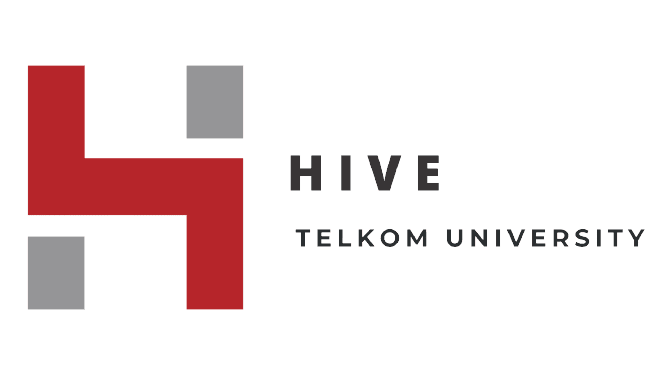Open RAN testing expands in the US amid 5G slowdown – Open RAN testing expands in the US amid 5G slowdown – Light Reading

The O-RAN Alliance touted four additional OTICs [Open Testing and Integration Centers] in North America, bringing its worldwide total to 15.
August 18, 2023
The O-RAN Alliance announced this week that there are now four new open RAN testing centers across the US. The goal, according to the alliance's new chairman, is to accelerate the testing of open RAN equipment across the country and the world.
"The O-RAN Alliance welcomes four additional OTICs [Open Testing and Integration Centers] to North America, bringing the worldwide total to 15," said Alex Jinsung Choi, the chairman of the board of the O-RAN Alliance, in a release. Choi recently took over operations at the alliance from AT&T's Andre Fuetsch. "The essential function of OTICs to certify and badge products complements the work of our operator members and contributing vendors to continuously develop products and operationalize O-RAN specifications."
However, the openings come at what might be an inopportune time in the 5G industry in the US. According to a wide variety of equipment vendors and tower operators, American 5G providers are slowing their network spending at rates far higher than expected.
Moreover, many top 5G network operators in the US have said their plan is to further cut back their capital expenses (capex) starting next year. "We expect to move past peak capital investment levels as we exit the year," AT&T CFO Pascal Desroches said recently.
Some, like Dish, have already hit the pause button on their 5G network buildouts.
"We believe the operators remain intently focused on FCF [free cash flow], and if that means pushing projects out in time, they will," wrote the financial analysts at Raymond James in a recent note to investors.
Connecting the pieces
Regardless, the O-RAN Alliance's OTIC testing strategy remains a critical element in its pursuit of open RAN interfaces.
The Kyrio O-RAN Test and Integration Lab, operated by CableLabs, was the first OTIC in the US. COSMOS – a National Science Foundation PAWR testbed that's run by an academic team from Rutgers University, Columbia University and New York University Brooklyn – was the second.
The O-RAN Alliance touted several more: the Institute for the Wireless Internet of Things (WIoT) at Northeastern University; the Commonwealth Cyber Initiative (CCI) xG Testbed at Virginia Tech; and the North American OTIC in Central Iowa (ARA), hosted by the Center for Wireless, Communities, and Innovation (WiCI) at Iowa State University.
Testing, of course, is critical to the overall goals of the O-RAN Alliance. Open RAN, after all, promises to create interfaces that can be used to connect equipment from different vendors, thereby allowing network operators to mix and match equipment. But those connections can't be trusted to work properly unless they are thoroughly tested. Such testing can be conducted by network operators or their vendors, but the O-RAN Alliance is hoping to create an authoritative testing structure that can be used by a variety of players.
Moving forward
To be clear, open RAN technology in the US has a number of backers. Dish Network is perhaps the most vocal, having built an open RAN-based 5G network across 70% of the US population. Further, other operators have hinted at their own initial open RAN aspirations, including AT&T and Verizon.
Interestingly, the US government has also emerged as a leading proponent for open RAN. For example, the US military continues to fund open RAN tests and deployments. And the Biden administration's NTIA is doling out millions of dollars in the pursuit of open RAN momentum. Broadly, US officials hope to use open RAN technologies to encourage the production of 5G equipment domestically and among US allies, as a lever against China.
But open RAN continues to face struggles. For example, US-based open RAN vendors like Airspan and Parallel Wireless have hit hurdles recently. And research and consulting firm Dell'Oro recently reported that open RAN revenue growth slowed to the 10 to 20% range in the first quarter, after more than doubling in 2022.
It's unclear how the open RAN industry might move forward in the future. It's worth noting though that two US-based chip making giants – Intel and Qaulcomm – are currently fighting for business in the open RAN sector.
Related posts:
NSF's PAWR cheers open RAN OTICs across US
AT&T, Dish and CableLabs lead O-RAN Alliance efforts in US
What they're saying about 5G capex in 2023 and 2024
— Mike Dano, Editorial Director, 5G & Mobile Strategies, Light Reading | @mikeddano
Mike Dano
Editorial Director, 5G & Mobile Strategies, Light Reading
Mike Dano is Light Reading's Editorial Director, 5G & Mobile Strategies. Mike can be reached at [email protected], @mikeddano or on LinkedIn.
Based in Denver, Mike has covered the wireless industry as a journalist for almost two decades, first at RCR Wireless News and then at FierceWireless and recalls once writing a story about the transition from black and white to color screens on cell phones.
You May Also Like
Dec 22, 2023
Dec 22, 2023
Dec 22, 2023
Dec 21, 2023
5G & 5.5G toC/toB/toH Commercial Cases
SCTE® LiveLearning for Professionals Webinar™ Series: Getting a Bead on BEAD
Dec 21, 2023
Dec 21, 2023
Dec 21, 2023
Verizon surprises with ongoing delays in 5G standalone rollout
Nokia offers rare glimpse of its northern lights
AT&T and T-Mobile are in a heated race to space
How telecom is working to influence AI policy
Copyright © 2023 Informa PLC Informa UK Limited is a company registered in England and Wales with company number 1072954 whose registered office is 5 Howick Place, London, SW1P 1WG.




